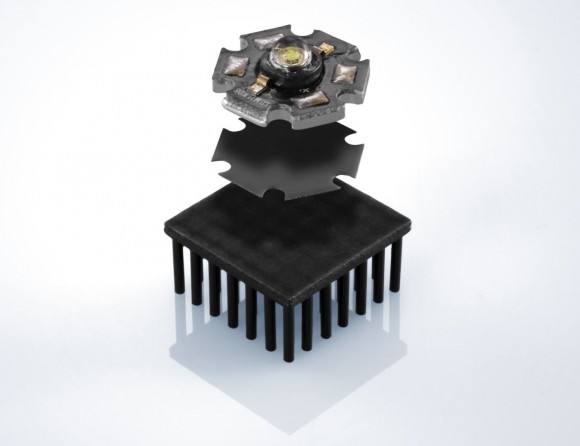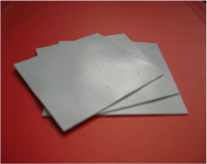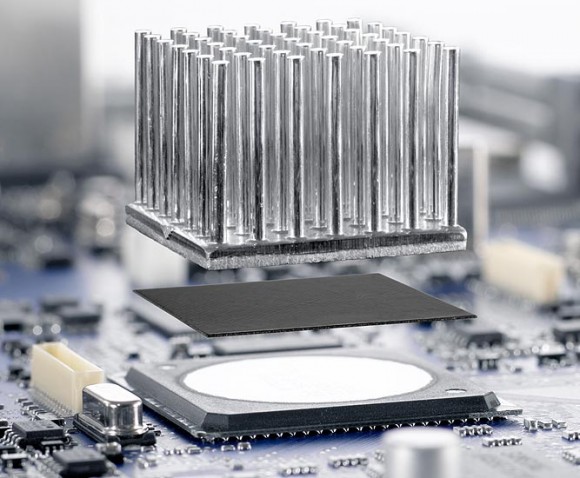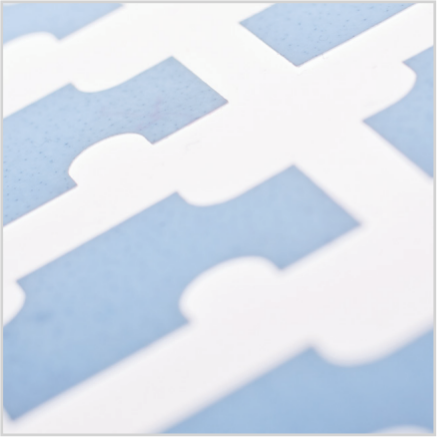MH&W International Corp. Privacy and Cookie Policy
1. Introduction
1.1 We are committed to safeguarding the privacy of our website visitors and service users.
1.2 This policy applies where we are acting as a data controller with respect to the personal data of our website visitors and service users; in other words, where we determine the purposes and means of the processing of that personal data.
1.3 We use cookies on our website. Insofar as those cookies are not strictly necessary for the provision of our website and services, we will ask you to consent to our use of cookies when you first visit our website.
1.4 Our website incorporates privacy controls which affect how we will process your personal data. By using the privacy controls, you can specify whether you would like to receive direct marketing communications and limit the publication of your information.
1.5 In this policy, “we”, “us” and “our” refer to MH&W International Corp.
2. How we use your personal data
2.1 In this Section 2 we have set out:
(a) the general categories of personal data that we may process.
(b) in the case of personal data that we did not obtain directly from you, the source and specific categories of that data.
(c) the purposes for which we may process personal data.
(d) the legal bases of the processing.
2.2 We may process data about your use of our website and services “usage data”. The usage data may include your IP address, geographical location, browser type and version, operating system, referral source, length of visit, page views and website navigation paths, as well as information about the timing, frequency and pattern of your service use. The source of the usage data is analytics tracking system “Google Analytics”. This usage data may be processed for the purposes of analyzing the use of the website and services. The legal basis for this processing is [consent] OR our legitimate interests, namely monitoring and improving our website and services.
2.3 We may process your account data. The account data may include your name and email address. The source of the account data is you or your employer. The account data may be processed for the purposes of operating our website, providing our services, ensuring the security of our website and services, maintaining back-ups of our databases and communicating with you. The legal basis for this processing is [consent] OR our legitimate interests, namely the proper administration of our website and business OR the performance of a contract between you and us and/or taking steps, at your request, to enter into such a contract.
2.4 We may process your information included in your personal profile on our website “profile data”. The profile data may include your name, address, telephone number, email address, profile pictures, gender, date of birth, relationship status, interests and hobbies, educational details and employment details. The profile data may be processed for the purposes of enabling and monitoring your use of our website and services. The legal basis for this processing is [consent] OR our legitimate interests, namely the proper administration of our website and business OR the performance of a contract between you and us and/or taking steps, at your request, to enter into such a contract.
2.5 We may process your personal data that are provided in the course of the use of our “service data”. The service data may include “cookies”. The source of the service data is you or your employer. The service data may be processed for the purposes of operating our website, providing our services, ensuring the security of our website and services, maintaining back-ups of our databases and communicating with you. The legal basis for this processing is [consent] OR our legitimate interests, namely the proper administration of our website and business OR the performance of a contract between you and us and/or taking steps, at your request, to enter into such a contract.
2.6 We may process information that you post for publication on our website or through our services “publication data”. The publication data may be processed for the purposes of enabling such publication and administering our website and services. The legal basis for this processing is [consent] OR our legitimate interests, namely the proper administration of our website and business OR the performance of a contract between you and us and/or taking steps, at your request, to enter into such a contract. We may process information contained in any enquiry you submit to us.
2.7 Regarding goods and/or services “enquiry data”. The enquiry data may be processed for the purposes of offering, marketing and selling relevant goods and/or services to you. The legal basis for this processing is [consent]. We may process information relating to our customer relationships, including customer contact information “customer relationship data”.
2.8 Customer relationship data may include your name, your employer, your job title or role, your contact details, and information contained in communications between us and you or your employer. The source of the customer relationship data is you or your employer. The customer relationship data may be processed for the purposes of managing our relationships with customers, communicating with customers, keeping records of those communications and promoting our products and services to customers. The legal basis for this processing is [consent] OR our legitimate interests, namely the proper management of our customer relationships. We may process information relating to transactions, including purchases of goods and services, that you enter into with us and/or through our website “transaction data”. The transaction data may include your contact details.
2.9 Your card details and the transaction details. The transaction data may be processed for the purpose of supplying the purchased goods and services and keeping proper records of those transactions. The legal basis for this processing is the performance of a contract between you and us and/or taking steps, at your request, to enter into such a contract and our legitimate interests, namely the proper administration of our website and business.
2.10 We may process information that you provide to us for the purpose of subscribing to our email notifications and/or newsletters “notification data”. The notification data may be processed for the purposes of sending you the relevant notifications and/or newsletters. The legal basis for this processing is [consent] OR the performance of a contract between you and us and/or taking steps, at your request, to enter into such a contract.
2.11 We may process information contained in or relating to any communication that you send to us “correspondence data”. The correspondence data may include the communication content and metadata associated with the communication. Our website will generate the metadata associated with communications made using the website contact forms. The correspondence data may be processed for the purposes of communicating with you and record-keeping. The legal basis for this processing is our legitimate interests, namely the proper administration of our website and business and communications with users.
2.12 We may process identify general category of data. This data may include list specific items of data. The source of this data source. This data may be processed for specify purposes. The legal basis for this processing is [consent] OR our legitimate interests, namely specify legitimate interests OR the performance of a contract between you and us and/or taking steps, at your request, to enter into such a contract.
2.13 We may process any of your personal data identified in this policy where necessary for the establishment, exercise or defense of legal claims, whether in court proceedings or in an administrative or out-of-court procedure. The legal basis for this processing is our legitimate interests, namely the protection and assertion of our legal rights, your legal rights and the legal rights of others.
2.14 We may process any of your personal data identified in this policy where necessary for the purposes of obtaining or maintaining insurance coverage, managing risks, or obtaining professional advice. The legal basis for this processing is our legitimate interests, namely the proper protection of our business against risks.
2.15 In addition to the specific purposes for which we may process your personal data set out in this Section 2, we may also process any of your personal data where such processing is necessary for compliance with a legal obligation to which we are subject, or in order to protect your vital interests or the vital interests of another natural person.
2.16 Please do not supply any other person’s personal data to us, unless we prompt you to do so.
3. Automated decision-making
3.1 We will use your personal data for the purposes of automated decision-making in relation to [Google Analytics].
3.2 This automated decision-making will involve [Google Analytics].
3.3 The significance and possible consequences of this automated decision making are [standard operating procedures].
4. Providing your personal data to others
4.1 We may disclose your personal data to any member of our group of companies this means our subsidiaries, our ultimate holding company and all its subsidiaries insofar as reasonably necessary for the purposes, and on the legal bases, set out in this policy. We may disclose your personal data to our insurers and/or professional.
4.2 Advisers insofar as reasonably necessary for the purposes of obtaining or maintaining insurance coverage, managing risks, obtaining professional advice, or the establishment, exercise or defense of legal claims, whether in court proceedings or in an administrative or out-of-court procedure. We may disclose specify personal data category or categories.
4.3 Purpose of enabling them to contact you so that they can offer, market and sell to you relevant goods and/or services. Each such third party will act as a data controller in relation to the enquiry data that we supply to it; and upon contacting you, each such third party will supply to you a copy of its own privacy policy, which will govern that third party’s use of your personal data. In addition to the specific disclosures of personal data set out in this Section 4, we may disclose your personal data where such disclosure is necessary for.
4.4 Compliance with a legal obligation to which we are subject, or in order to protect your vital interests or the vital interests of another natural person. We may also disclose your personal data where such disclosure is necessary for the establishment, exercise or defense of legal claims, whether in court proceedings or in an administrative or out-of-court procedure.
5. Security of personal data
5.1 We will take appropriate technical and organizational precautions to secure your “personal data” and to prevent the loss, misuse or alteration of your personal data.
5.2 We will store all your “personal data” on secure servers, personal computers and mobile devices, and in secure manual record-keeping systems.
5.3 Data relating to your enquiries and or financial transactions that is sent from your web browser to our web server, or from our web server to your web browser, will be protected using encryption technology.










Recent Comments